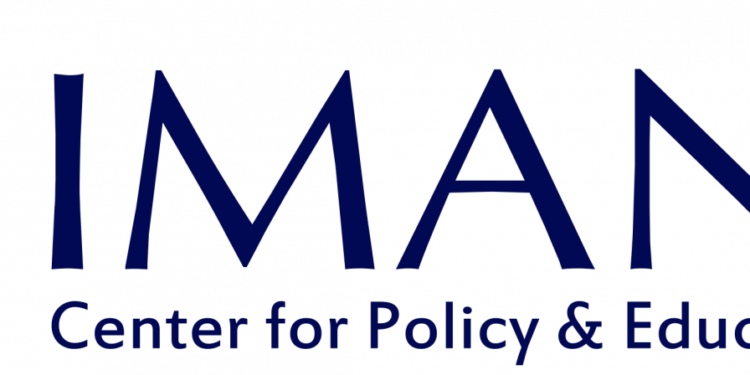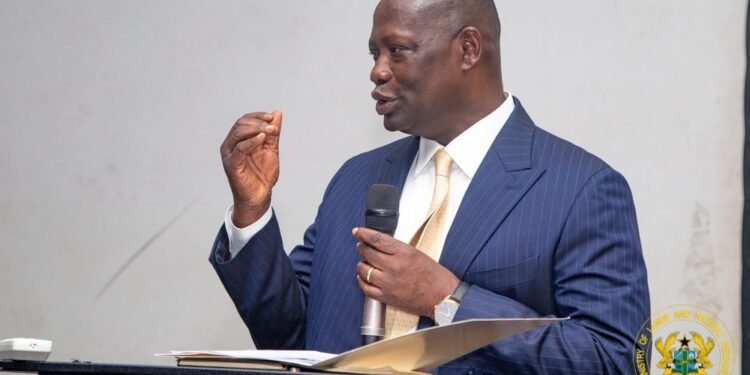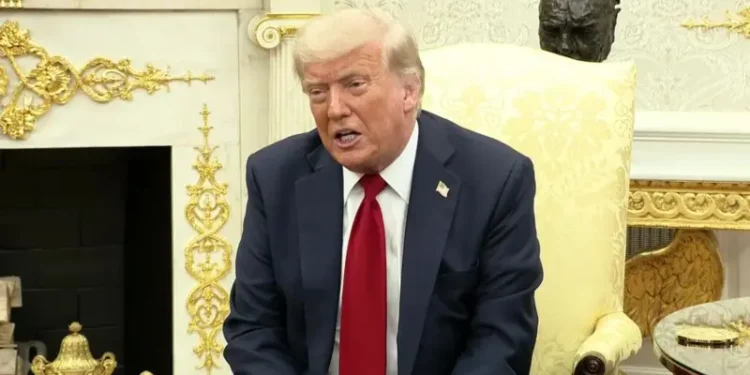The latest auction results from the bank of Ghana shown that the government has mobilized GH¢1.42 billion from the short-term instrument at an auctioned rate of 14.45 per cent. It was, however, discounted at a rate of 14.42 per cent of the face value.
This represents a 33 percent increase above the bill amount of GH¢1.07 billion that was auctioned previously.
Despite the looming threat of the new wave of COVID-19 infections across the country, the government’s short-term bill offering has been in high demand.
The funds will be used to help close the budget deficit by supporting growth-oriented spending and managing liabilities on both external and domestic debts.
In recent weeks, the market has been conditioned favorably by greater demand in government short-term securities and lower interest rate forecasts. Investor interest in the domestic market, particularly Treasury bills, has increased as a result of this.
Diversification of Borrowing sources
Analysts, on the other hand, have urged the government to diversify its borrowing sources in 2022.
“It has become critical for the Government to consider diversifying its borrowing sources, hence Government’s decision to temporarily suspend access to debt from International Capital Markets (ICMs) and resort to domestic borrowing through syndicated loans from commercial banks is laudable.”
Analysts
They further recommended that the government negotiate a competitive interest rate on facilities in order to lower the soaring interest payments. Interest payments are expected to continue to account for a considerable amount of government spending, accounting for 27.6% of the projected expenditure in 2022.
“Borrowing from the ICMs is relatively expensive and has led to increases in government expenditure on interest payments.”
Analysts
IMF worried about government’s domestic borrowing spree
The International Monetary Fund has however expressed concerns about banks’ significant exposure to government securities, such as Treasury bills and bonds, which it claimed is creating bank balance sheet vulnerabilities. The situation, according to the Fund, is also crowding out private sector credit.
“Government lending supported the banking sector through the pandemic, but is crowding out private-sector credit and increasing balance sheet risks”.
IMF
The IMF also pointed out that government lending as a percentage of total bank assets increased to 44.7 percent in February 2021, up from 36.3 percent the previous year, due to the substantial budget deficit, as well as pandemic-related credit risks and a decrease in credit demand.
“This growing sovereign exposure, a trend that started even before the pandemic, props up bank profitability but undermines private-sector credit growth. Moreover, the exposure could create bank balance sheet losses if government yields were to increase, amplifying the impact of potential debt rollover difficulties or other exogenous shocks on credit growth and economic activity.”
IMF
However, the government has set plans to control its debt in the future. The Medium-Term Debt Management Strategy for 2022-2025 proposes lowering the total limits set for concessional and non-concessional external borrowing from $2. billion to $2.5 billion. It also proposed new instruments to diversify the debt portfolio and increase the domestic debt financing capacity, and accelerating the fiscal consolidation plan to achieve a positive primary balance in 2022.
READ ALSO: Government Misses T-Bills Target For 3-Weeks Running























